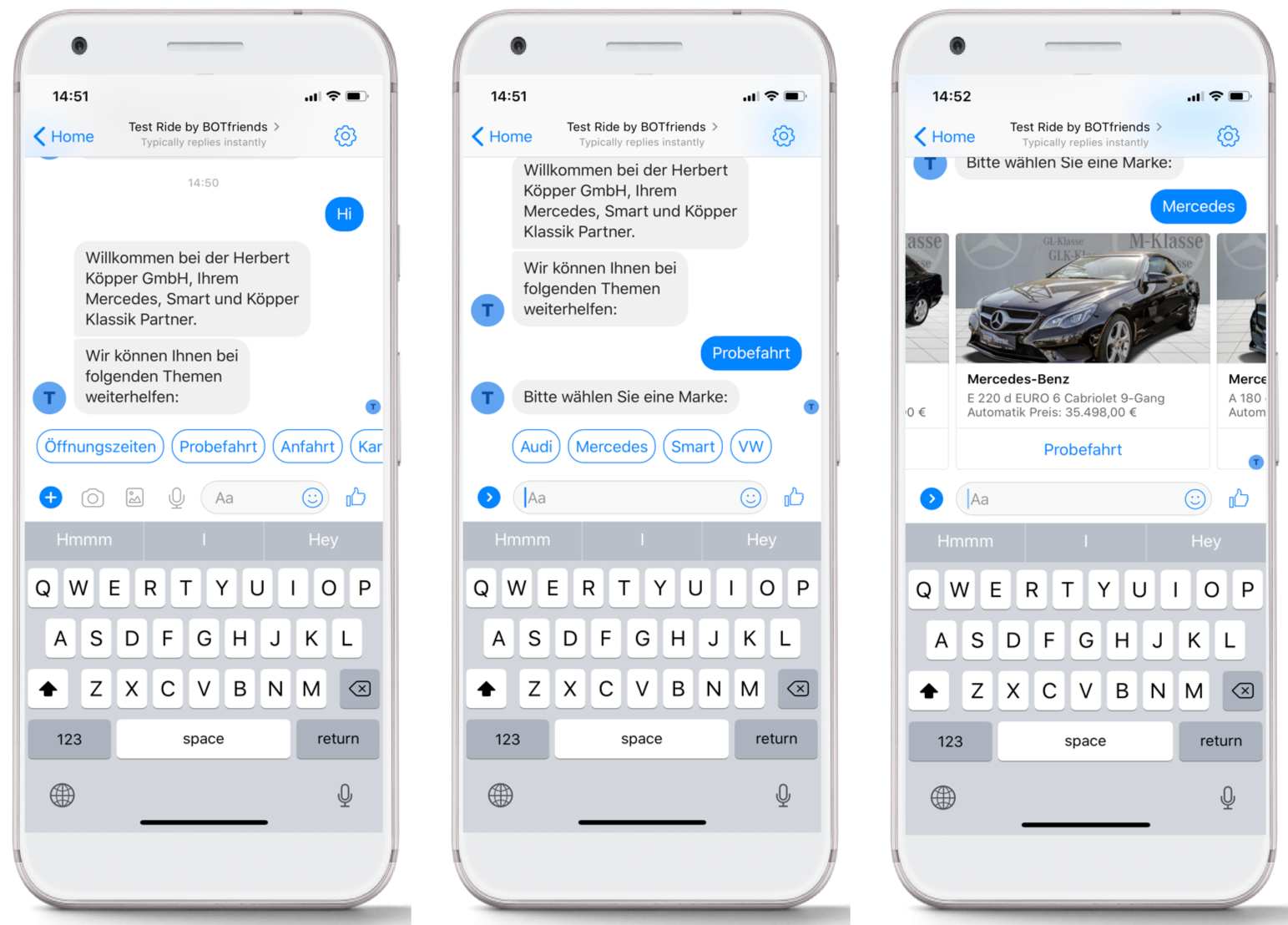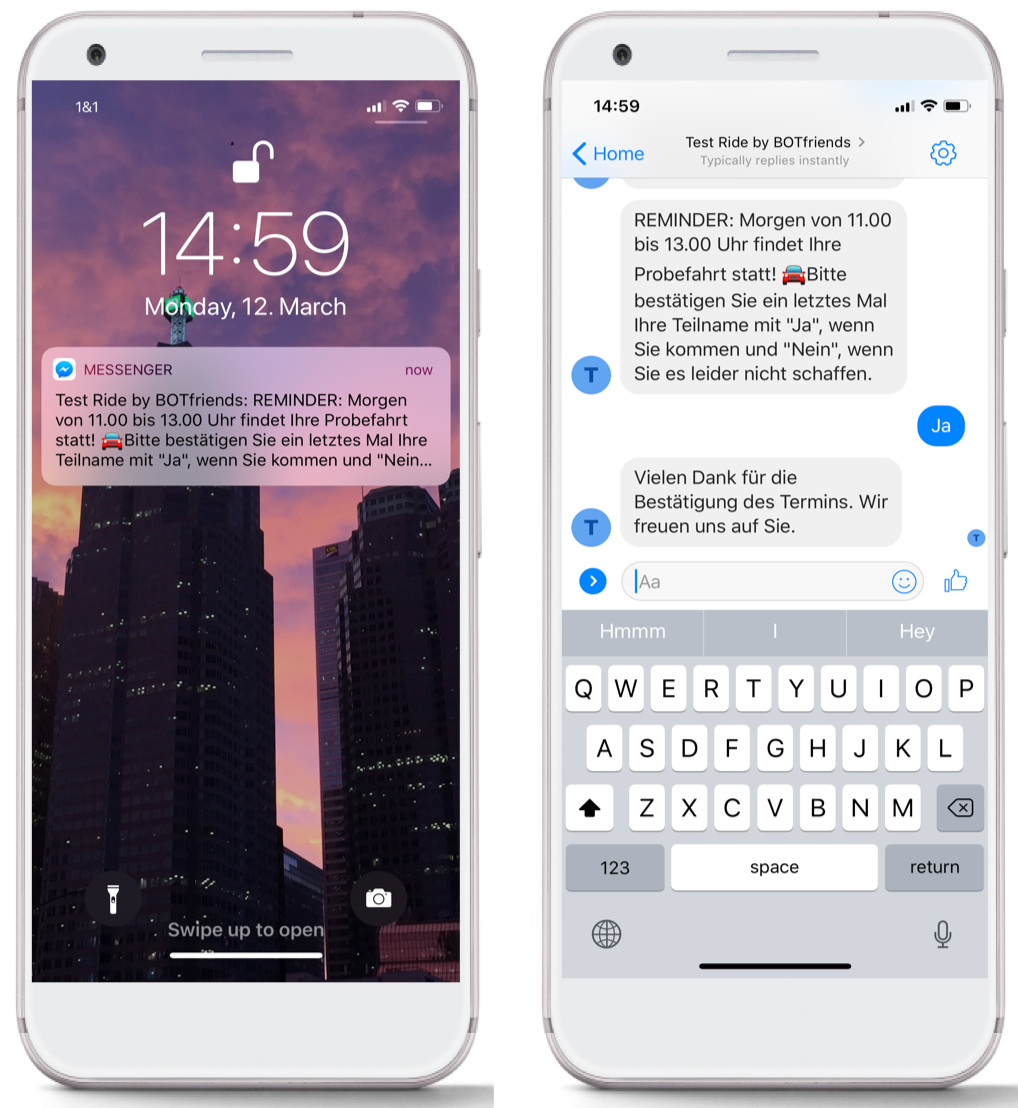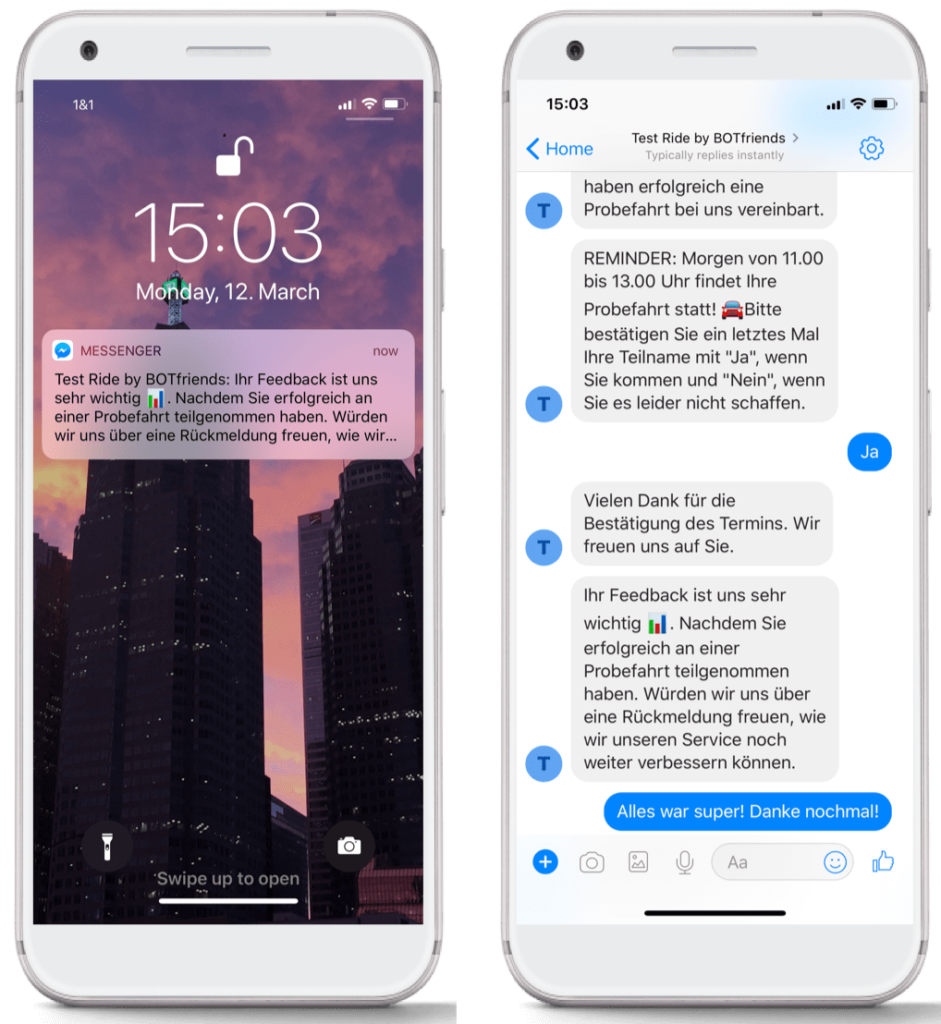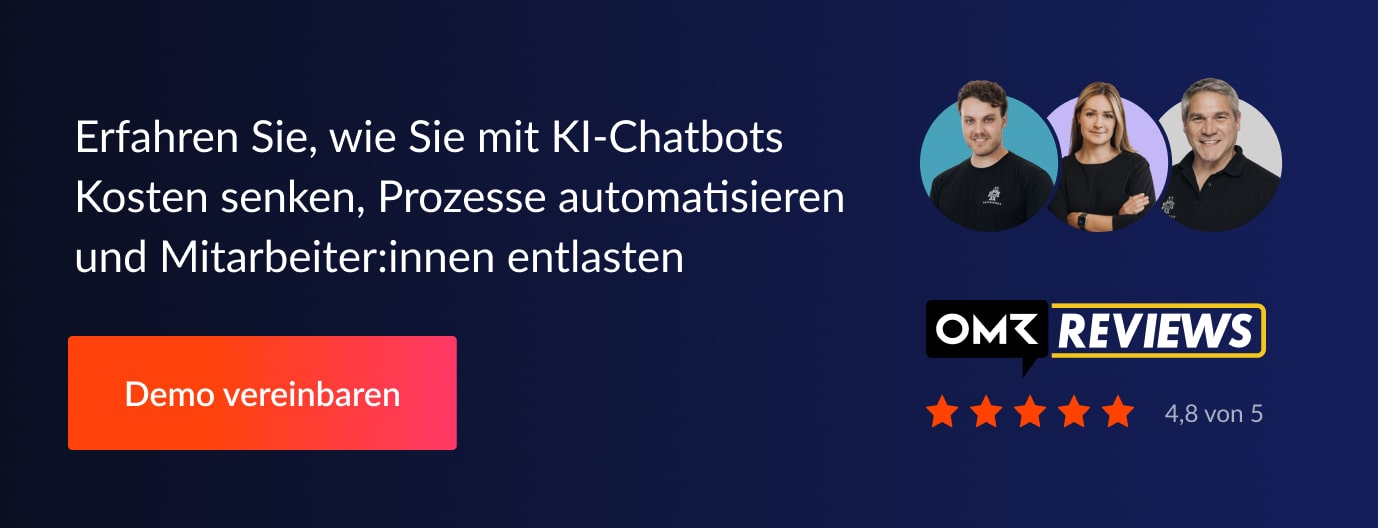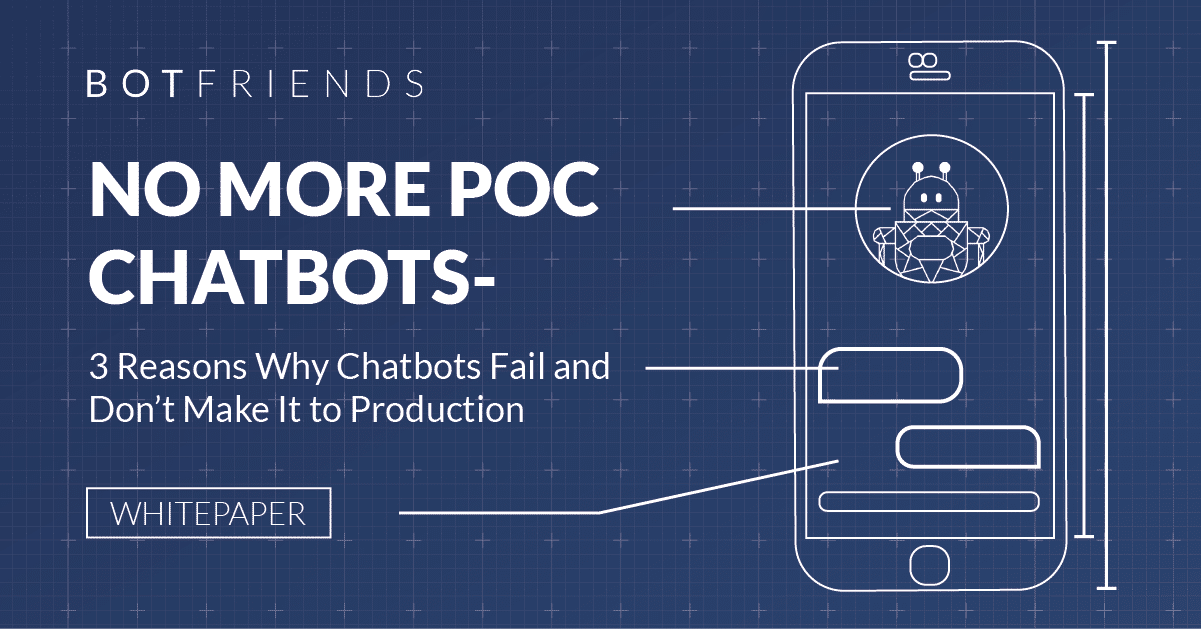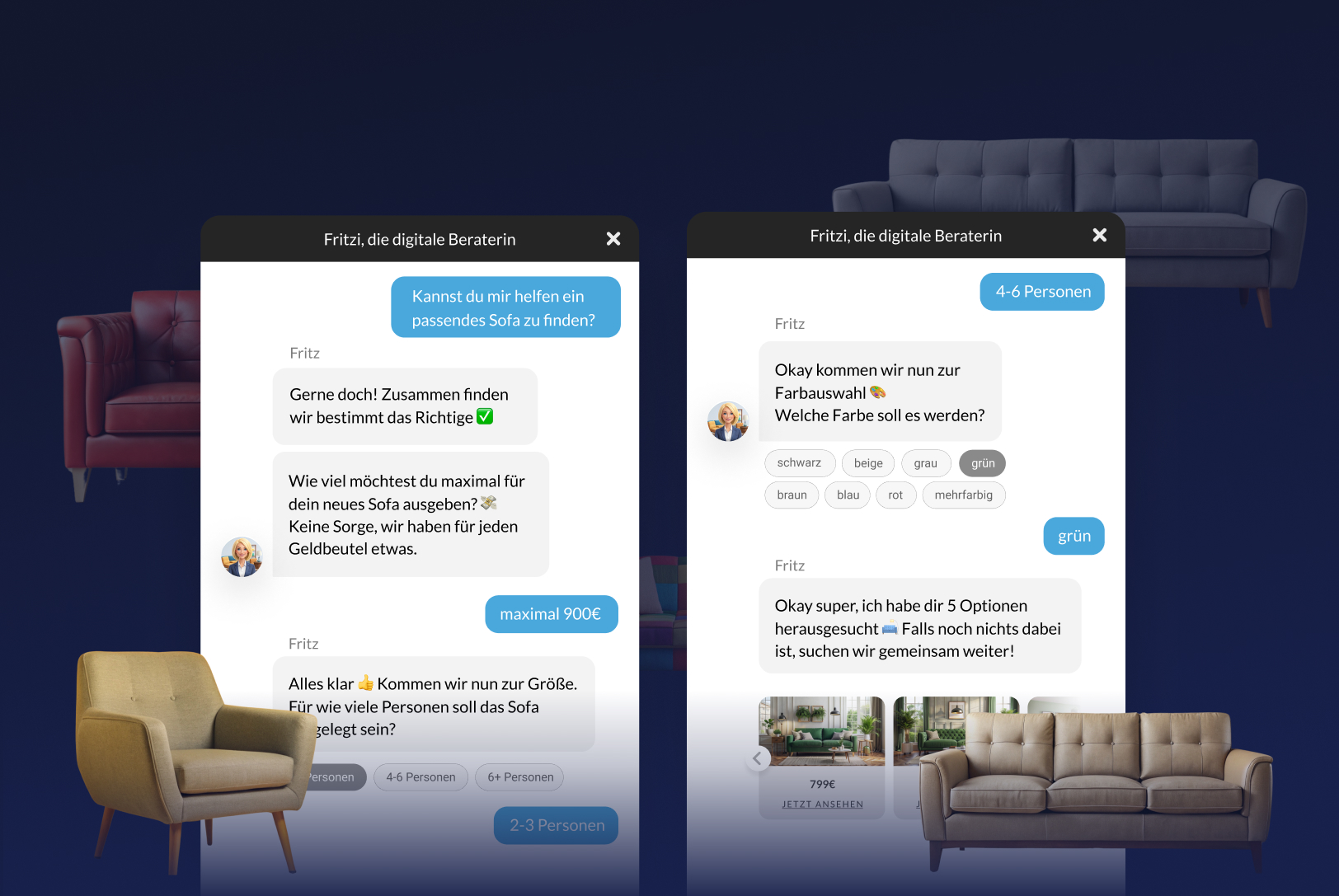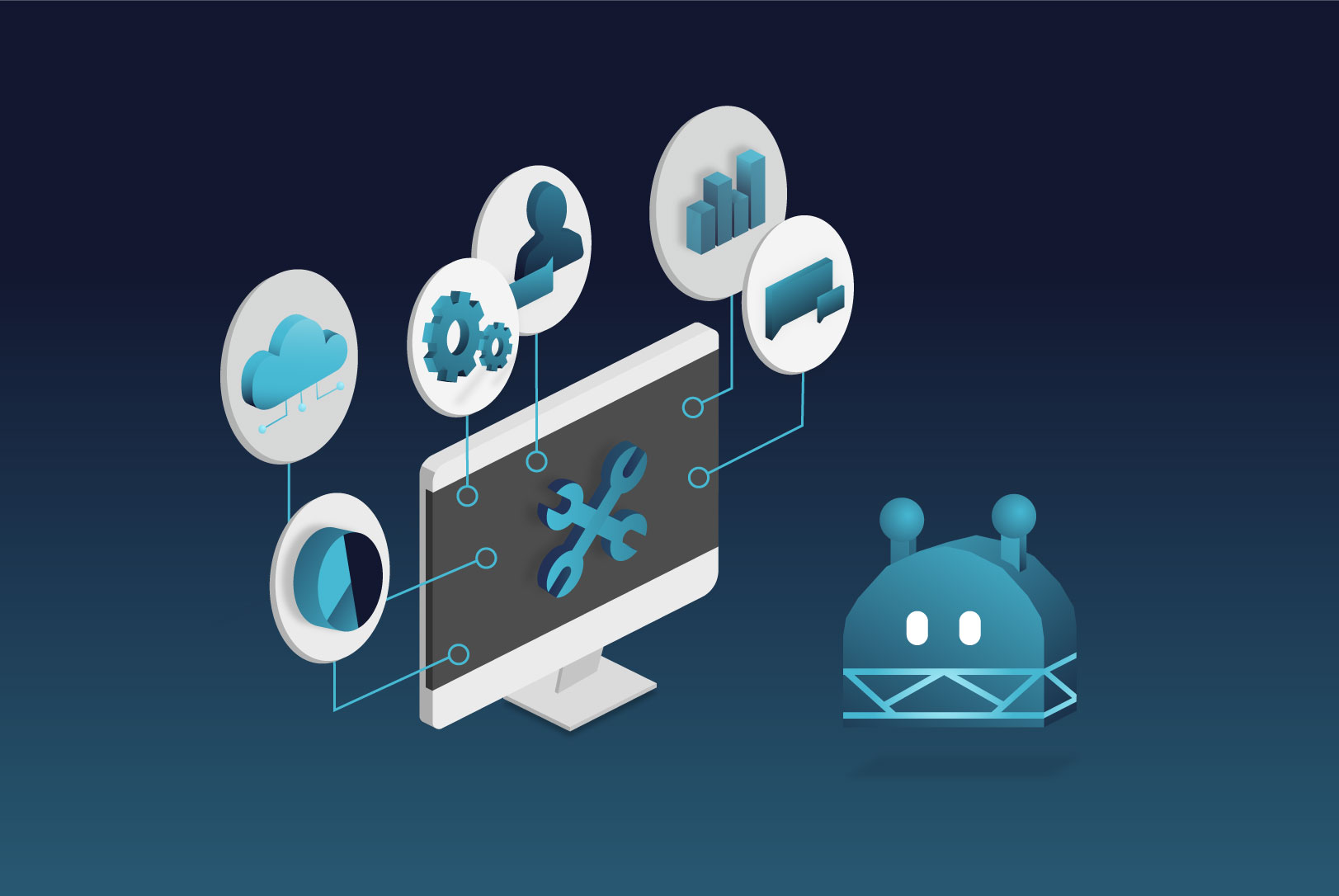In February, we took part in the first Innovation Safari at the "German Remarketing Congress" and won the pitch competition. The challenge was to develop innovative, digital solutions for car dealerships, in our case for a test drive. In a 24-hour hackathon, we used Facebook Messenger to automatically develop a chatbot that arranges test drives for car dealers.
Why do car dealers:inside need a chatbot now?
In cooperation with Autohaus Köpper, we were able to identify the following scenarios when organising test drives:
- One of the main problems was the lack of availability (24/7).
- Concluding a test drive involves many formalities, which is why there is great potential for digitalisation.
- During the process, 4-5 people are needed, which costs a lot of time and resources. The time spent could be better invested in closing deals.
All the mentioned problems are covered in the following post, which explains step by step how to get all the needed information about a chatbot can be collected and how the test drive can be staffed without employees.
Step 1: Selection of a car via Chatbot
In the first step, the user is asked to choose a car make and then the particular model. It is useful to use specific templates for each car to provide further details such as aesthetics, pricing, years, etc.
Step 2: Scheduling via the chatbot
After a particular car has been selected, an appointment must be made for the test drive. There are several ways to do this. One can either ask the user to type in a date in a standard format (dd/mm/yyyy) or even a Webview calendar to be integrated. In our case, the chatbot will process the given date and check with a database what hours are still available. These time frames will be presented in quick responses/buttons where the user:inside can choose their preferred time or go back to change the date.
Step 3: Collect relevant documents
Now it is time to finish the formalities. The user is asked to upload all the relevant documents like his or her ID, driver's license, etc. The chatbot can already extract crucial information like name, age, address , by using the Vision and NLP APIs from Google to store the data in a CRM. In case you are wondering how to store the personal data securely. Google offers a Data Loss Prevention API (Beta) that automatically detects sensitive data (text or images) and hides certain elements such as name, address, etc. Last but not least, users can be sent a legal agreement for the test drive, which they have to sign. Users can either take a picture of the signed agreement and upload it, or they can take it with them to the test drive and hand it in on site.
Step 4: Summary and confirmation
In the last step, the user has the possibility to confirm his or her test drive to make sure that all dates are correct....
Step 5: Reminder
It is useful to remind the driver of his or her booked test drive one day in advance.
Step 6: Feedback
The day after, the user receives an automated message asking him or her to provide feedback. This is a great opportunity to gather valuable information that can help improve your service as a car dealer. In addition, this provides an opportunity to remind the test driver:in, which in turn can increase the likelihood of a purchase. For example, you can send the testers an overview of the car, pointing out its unique selling points.
This was a rough draft of the prototype we developed for a car dealer. With this innovation, we believe that not only can the whole process be optimised, but also 70% of the workload can be reduced and up to 50% less downtime can be achieved. However, there are many more use cases for this branch than just arranging a test drive. For example, the chatbot could be used to present all current car models and answer FAQs such as opening hours or product-related questions.
If you want to know more about chatbots and how to implement Conversational AI projects, get our white paper:
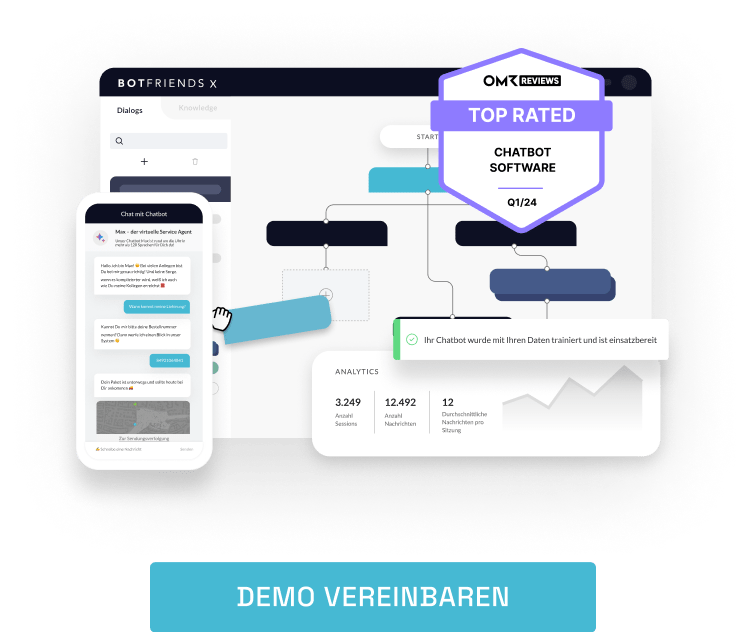
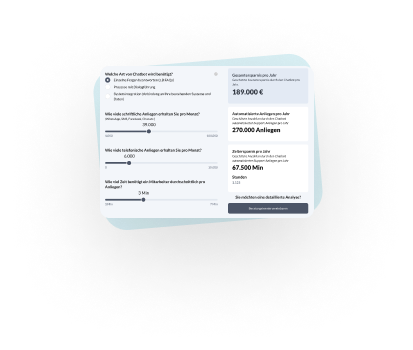 Chatbot ROI Calculator
Chatbot ROI Calculator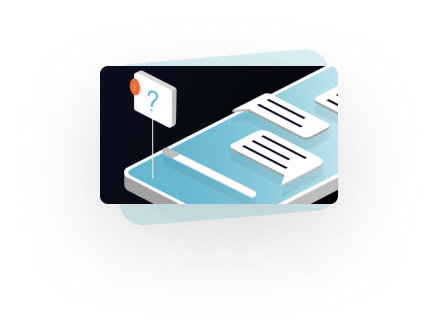 Free training: Chatbot crash course
Free training: Chatbot crash course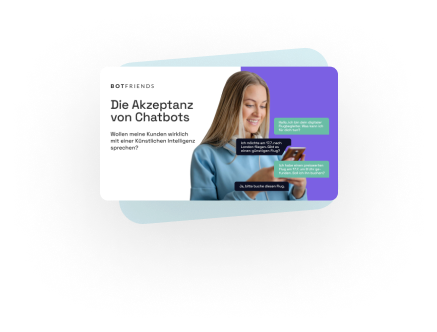 Whitepaper: The acceptance of chatbots
Whitepaper: The acceptance of chatbots